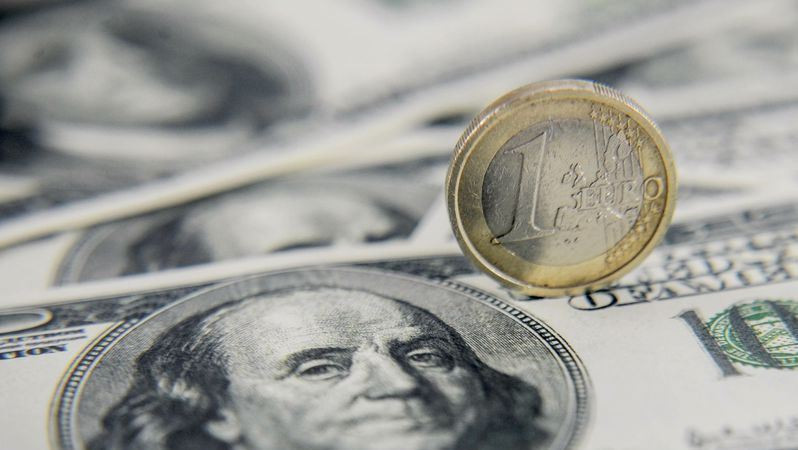
Global stock indexes flashed red on Wednesday: after a short pause, stock sales flared up with renewed vigor.
The renewed flight from risks allowed the defensive greenback to break a three-day losing streak against a basket of major currencies. Following the results of yesterday's trading, the USD index rose by more than 0.5% and almost reached 104.00.
At the same time, the US stock market recorded the highest drop since June 2020. In particular, the value of the S&P 500 fell by 4%, to 3924 points, while the day before the index rose by 2%.
Understanding that the rebound on Tuesday was local in nature and was too optimistic, traders were forced to push the sell button even harder.
The reason for this was another wave of concerns about the rapid tightening of monetary policy in the United States.
In addition, there was increased concern about the rapid growth of inflation, which, however, has never disappeared since investors entered 2022.
Although the situation has not yet reached the point of no return, it appears to be heading in the direction of getting out of control, and this is probably the most worrying part of the story for the market.
Semper Augustus analysts believe that the stock sell-off that we are currently seeing may be the beginning of a large-scale and protracted correction. The US central bank pulled the trigger, prompting a cycle of tightening monetary policy, they say.
"The Fed has a wealth of experience in collapsing bubbles. The central bank will not let you down this time," analysts said.
The Federal Reserve has already raised the key rate twice this year and plans to start reducing assets on its balance sheet from June 1.
In recent years, stock indexes have been steadily climbing. One of the main drivers of growth was the powerful pumping of liquidity by the Fed. However, the prospects that this pump will soon start working in the opposite direction do not please investors at all and puts pressure on stock prices.
It is obvious that the central bank, with its soothing rhetoric throughout 2021 about a transient surge in consumer prices, frankly "overslept" inflation.
Therefore, the central bank can no longer just hope that supply problems will improve and help inflation to fall.
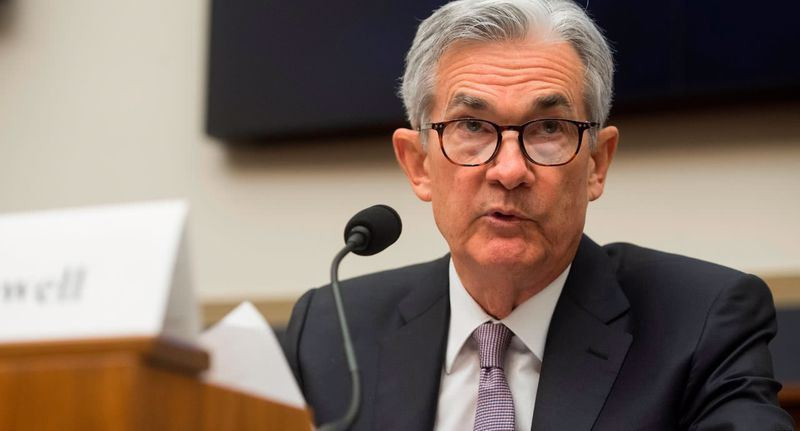
This week, Fed Chairman Jerome Powell made it clear that reducing inflation is the primary task, and for the sake of it, the central bank is ready to sacrifice its other mandate, to maintain employment.
On Tuesday, Powell said that it is not necessary to question the Fed's determination in the fight against inflation, even if it will lead to an increase in unemployment.
The central bank still intends to raise interest rates by 50 basis points at meetings in June and July.
In response to record inflation for several decades, the Fed began to vigorously normalize policy.
Tightening monetary conditions locally looks like a breeding ground for bears on the stock market, the ultimate goal of which may be the area of 3300-3400 on the S&P 500 index.
"The Fed will continue to raise interest rates at a moderate pace until policymakers are confident that inflation is moving towards the 2% target," Philadelphia Fed President Patrick Harker said.
It is unlikely that FOMC officials seek to destroy the stock market and lead the national economy to a real collapse. After all, serious problems in the markets will be followed by a drop in business activity and consumer demand.
Nevertheless, the belligerent attitude of the Fed inspires fear in stocks and supports the dollar.
According to Powell, the central bank is ready to resolutely fight inflation, and this increases the likelihood of a recession and correction of stock indices.
"The position of Powell makes it difficult to achieve a "soft landing" for the US economy, given the long delays between changes in monetary policy and changes in inflation," Commonwealth Bank of Australia strategists noted.
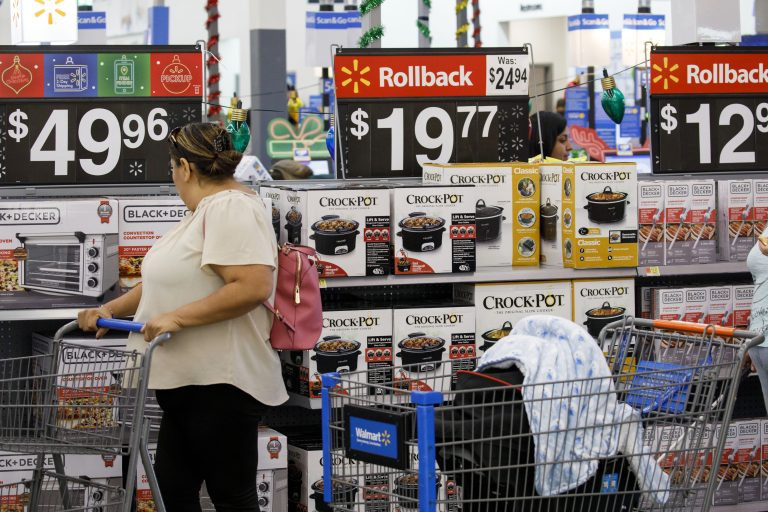
The pressure on the key Wall Street indices was exerted by the weak quarterly results of the largest American retailers, which only increased fears about the gradual slide of the national economy into recession.
Despite the gloomy prospects for the United States economy, investors are in no hurry to turn away from the greenback, which continues to be in demand as a safe haven asset.
Even if it is a downward trajectory of the economy, it is likely that the US will still outperform competitors, NatWest analysts say.
"Tightening monetary policy in America could have serious consequences for the rest of the world. The main reason for this is that most economies start from weaker positions than the United States," Nomura analysts said.
"The US has always been a safe haven. Given the rise in interest rates caused by the actions of the Fed and market forces, even more capital may flow into the United States," said Clay Lowery of the Institute of International Finance.
"The fact that expectations of Fed policy tightening remain unchanged is a sign that investors understand that the fight against inflation is now a priority for central banks. This continues to favor the countercyclical dollar," ING analysts said.
However, it should be recognized that the Fed is no longer the only hawk in the city.
An even more cautious European Central Bank is expected to raise interest rates by 108 basis points by the end of the year.
ECB spokesman Madis Muller said on Wednesday that he would support a 25 basis point rate hike in July, and added that he would not be surprised if rates were raised above zero in 2022.
Low exchange rates of national currencies, as a rule, create competitive advantages for domestic goods when exporting and increase revenue from sales abroad. If earlier someone, it would seem, succumbed and provided his currency with a "loss" of the exchange rate, he won, then inflation, which broke out like a genie from a bottle, turned everything upside down.
The strengthening of the dollar should help the Fed limit price increases and support American demand for foreign-made goods. However, it also threatens to spur a spike in import prices for foreign economies, accelerating their inflation rates and siphoning capital out of them.
Therefore, any kind of growth for the greenback will encounter opposition from the leading central banks.
The ECB has already stated that it is closely monitoring the inflationary consequences of the weakening of the euro.
The head of the Bank of France, Francois Villeroy de Galo, believes that the weakness of the single currency could jeopardize the ECB's efforts to achieve the inflation target.
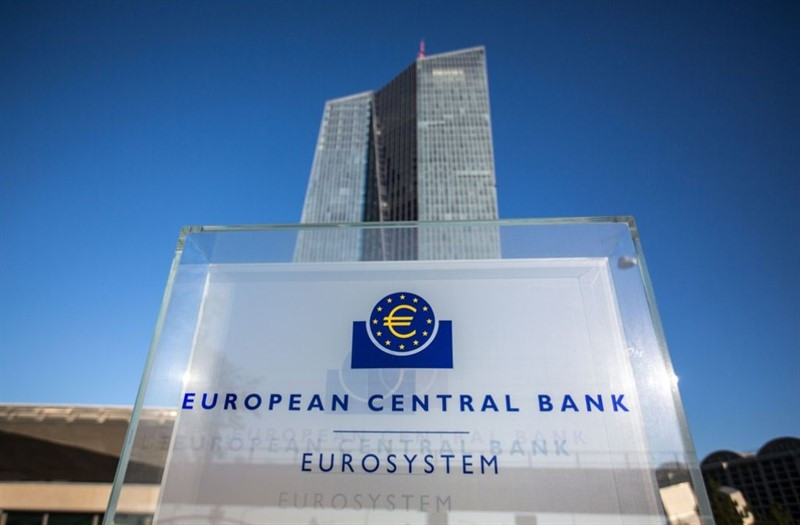
The minutes from the ECB's April meeting published on Thursday showed that policymakers are concerned about inflation in the eurozone, which in April amounted to a record 7.4%.
At the same time, the members of the Governing Council agreed that even relatively small steps may be enough to turn the current soft monetary policy into a restrictive one, leaving the door open for a timely rate hike if conditions require it.
"Markets are currently pricing in four ECB rate hikes by the end of the year, and more hawkish ECB representatives are talking about the potential of an initial 50bp increase to move away from the policy of negative rates," Westpac strategists noted.
"Meanwhile, the EU and the G7 seem to have become less dogmatic on the issue of further punitive sanctions against the Russian energy sector and may shift their attention to tariffs. These actions can reduce the risks of a sudden cut-off from gas supplies (according to the IMF estimates, this will reduce regional activity by -3%) and thus avoid a regional recession," they added.
Although the euro remains under strong pressure, and surpassing 1.0350 may trigger talks about testing parity, the prospects for some consolidation have also become more obvious now, according to the bank.
On Wednesday, the main currency pair crossed out most of Tuesday's recovery growth due to the dollar's renewed offensive with a broad front. Having lost more than 90 points, EUR/USD ended yesterday near 1.0460.
It was under pressure when it started trading on Thursday, but then completely reversed Wednesday's pullback and reached two-week highs around 1.0600.
Meanwhile, the dollar reversed the growth of the previous session. Today, the greenback is trading with a decrease of almost 1%, in the area of 102.80, while US stocks are trying to recover moderately after falling on Wednesday.
If the pullback continues, the USD bears may aim for the next support near 102.35 (May 5 low), where, as expected, the fall may stall.
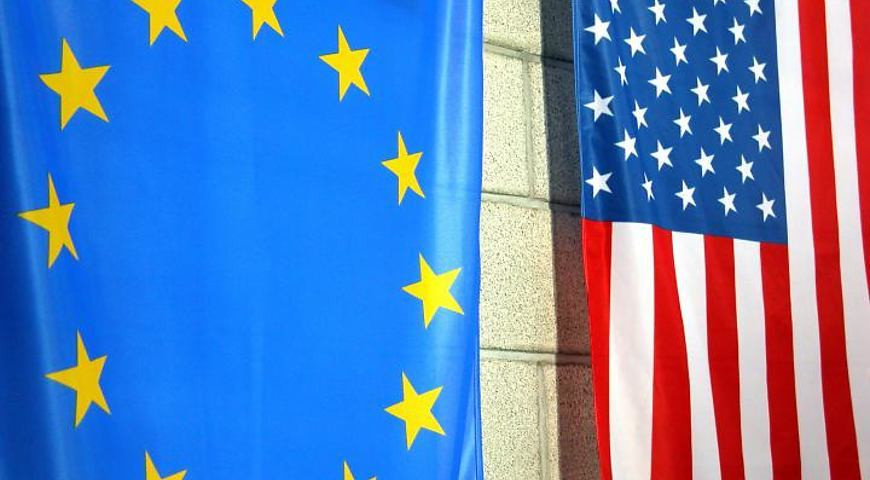
"The macroeconomic background that supports the dollar, whether due to the relative difference in interest rates or due to risk aversion, will remain in play at the moment, so we do not expect a significant decline in the dollar from current levels," National Australia Bank analysts said.
According to experts, the greenback will not decrease from its current high level until the sale of risky assets slows down. To do this, economic statistics should show a decrease in consumer prices.
Although the dollar has lost some of the positions gained during the recent rally, it still retains its strength, taking advantage of the status of a safe haven asset, as the global situation remains difficult.
The probability that the EUR/USD pair will go below parity still cannot be ruled out, however, within the first half of 2022. All because of the divergence in the rates of central banks on both sides of the Atlantic. The Fed has already begun to normalize its monetary policy, while the ECB is still late, which means that the dollar may continue to rise in price against the euro. Nevertheless, in the second half of the year, we should expect the EUR/USD pair to return to 1.1000 against the background of slowing inflation in the US, as well as a tougher policy on the part of the ECB.
"We are relatively optimistic about risky currencies against the US dollar, including the euro, as we believe that market concerns about global growth are excessive," Ebury analysts said.
"We will see a significant rebound once we get to the stage where China starts to significantly ease its restrictions on COVID. We think the global economy is likely to hold up a little better than some experts expect this year," they added.
A similar opinion is shared by strategists at Deutsche Bank, who believe that the turning point for the US dollar after recent growth is close.
"We are now at a stage where further deterioration in financial conditions undermines expectations of Fed policy tightening, while for the rest of the world, especially Europe, much more tightening still needs to be considered," they said.
 English
English 
 Русский
Русский Bahasa Indonesia
Bahasa Indonesia Bahasa Malay
Bahasa Malay ไทย
ไทย Español
Español Deutsch
Deutsch Български
Български Français
Français Tiếng Việt
Tiếng Việt 中文
中文 বাংলা
বাংলা हिन्दी
हिन्दी Čeština
Čeština Українська
Українська Română
Română

